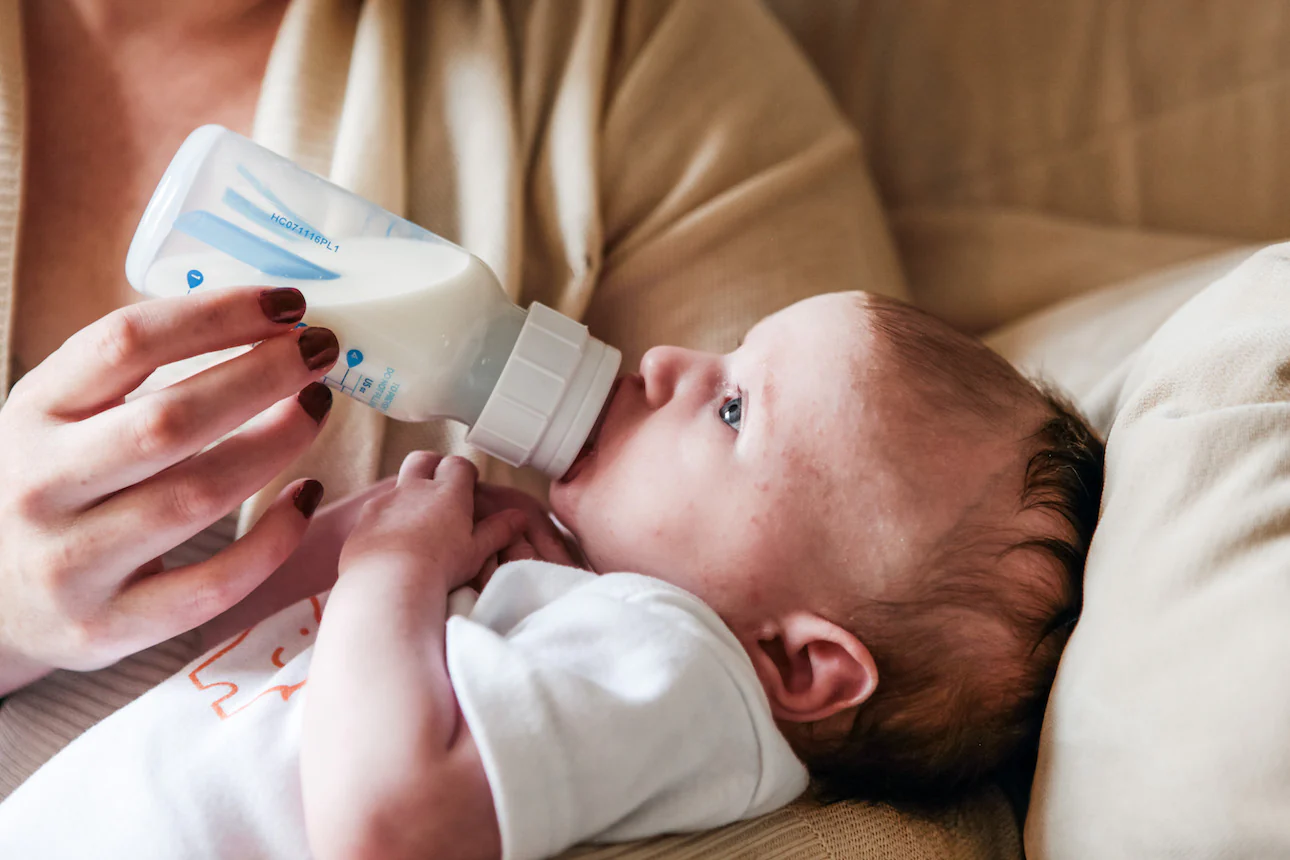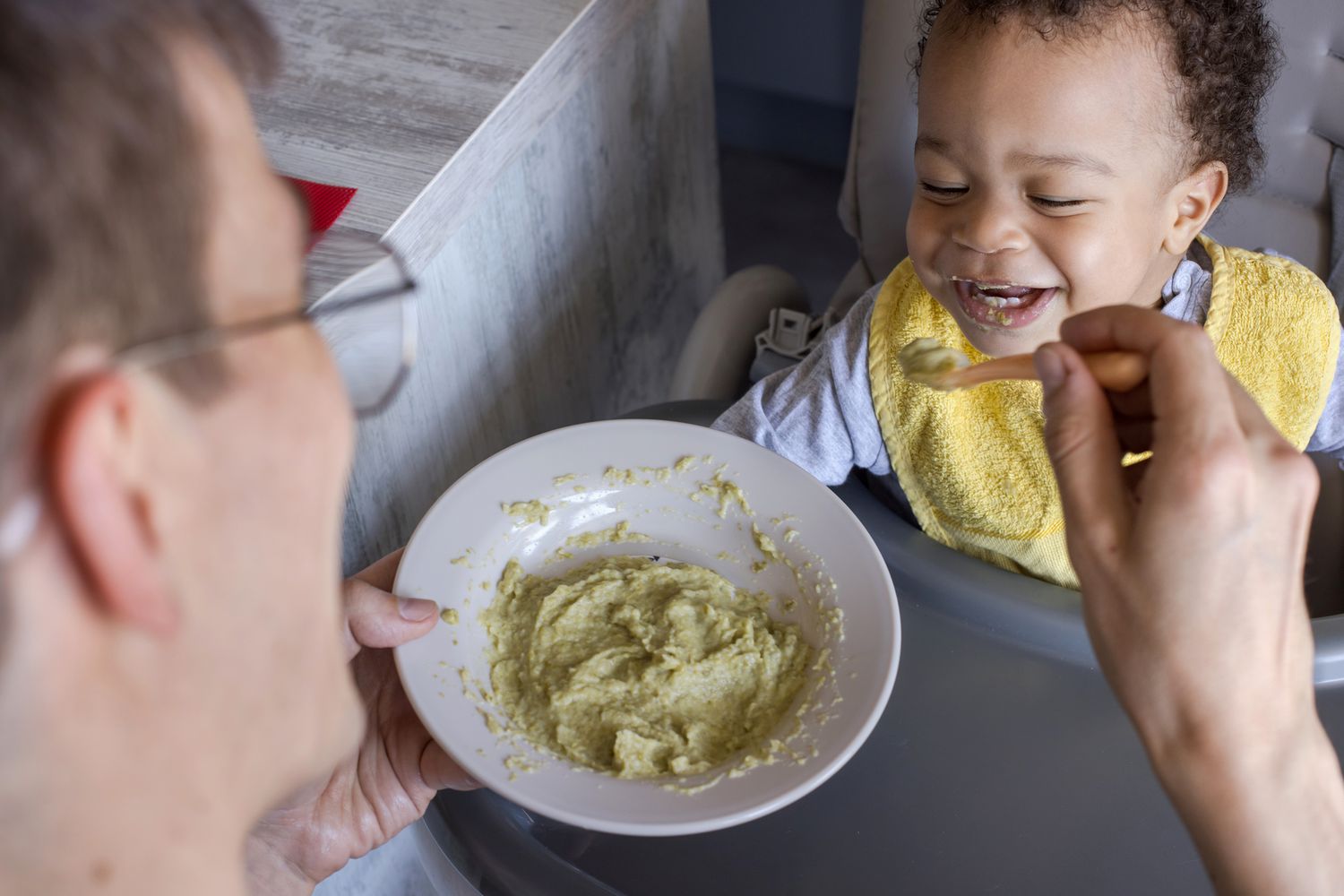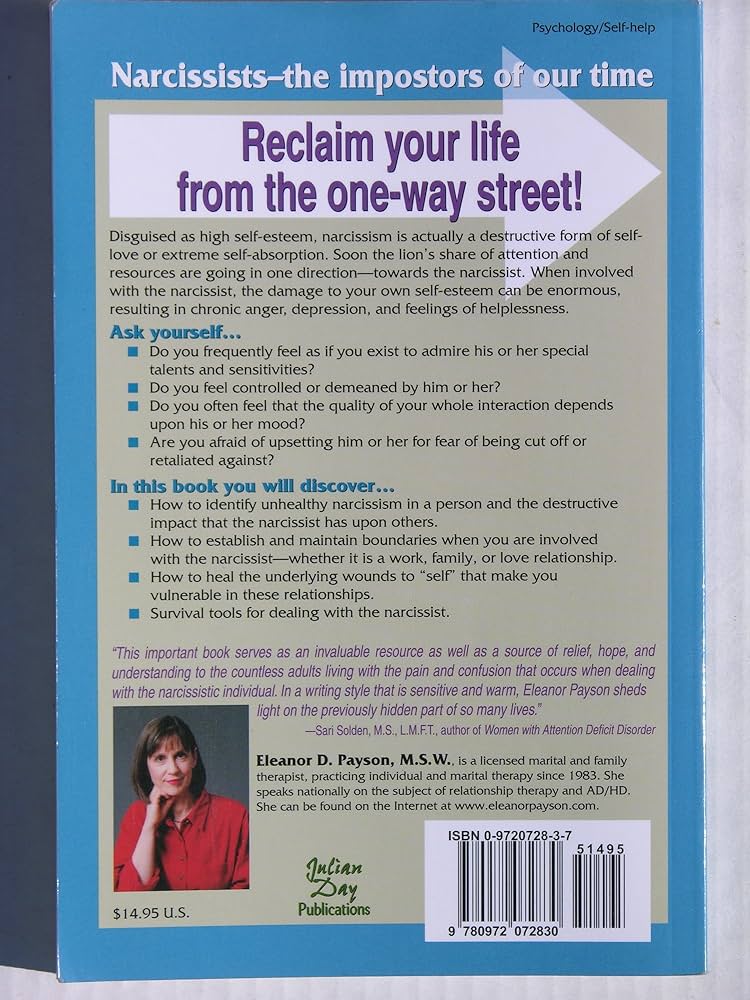How Much Baby Rice at 4 Months: A Comprehensive Guide
At 4 months, you can start introducing baby rice as a first weaning food. Begin with a teaspoonful or two a day to ease them into it gradually, using their usual milk to make it for a familiar taste.
This helps make the transition easier and your baby will be more accepting of the new food. Baby rice can be a great option as it is easy to digest and can help introduce them to different textures. Remember to always follow your baby’s cues and consult with your pediatrician before introducing solid foods.

Credit: norani.com
1. Baby Rice As An Ideal First Weaning Food
Baby rice is an ideal first weaning food for babies at 4 months. Start with a teaspoonful or two a day, made with their usual milk, to ease them into solid foods gently. This familiar taste will make the transition easier and help them to accept this new experience.
Baby rice is an ideal first weaning food because you can make it with their usual milk for a familiar taste. This makes the transition easier and your baby will be more accepting of the unfamiliar feeling. To begin with, only try your baby with a teaspoonful or two a day to ease them in gently.
Transitioning To Solid Foods
Transitioning your baby to solid foods is an exciting milestone in their development. It’s important to introduce new foods gradually and one at a time to watch for any potential allergies or digestive issues. Baby rice is often recommended as a first weaning food due to its mild taste and easy-to-digest texture.
Familiar Taste With Usual Milk
One of the reasons baby rice is an ideal first weaning food is that it can be mixed with your baby’s usual milk. This familiar taste can help make the transition to solid foods more comfortable for your little one. By gradually introducing baby rice alongside their milk, your baby can start to explore new flavors and textures while still enjoying the taste they are accustomed to.
Easing The Baby In Gently
Starting with just a teaspoonful or two of baby rice a day is a gentle way to ease your baby into solid foods. This allows their digestive system to adjust gradually and reduces the risk of overwhelming them with new tastes and textures. As your baby becomes more comfortable with baby rice, you can gradually increase the amount and start introducing other types of food.
In conclusion, baby rice is an ideal first weaning food for several reasons. Its familiar taste when mixed with your baby’s usual milk helps ease the transition to solid foods. Starting with small amounts allows your baby to adjust gradually, ensuring a smooth introduction to the world of new flavors and textures. Remember to always consult with your pediatrician before starting your baby on solid foods and keep an eye out for any signs of allergy or digestive discomfort.
2. Starting With Small Amounts
Starting with small amounts of baby rice at 4 months is a recommended approach for introducing solid foods. By offering a teaspoonful or two a day, babies can gradually adjust to the new taste and texture, easing the transition. This method helps babies become more receptive to unfamiliar foods while keeping them comfortable with the taste of their usual milk.
When it comes to introducing solid foods to your 4-month-old baby, starting with small amounts is key. This gradual approach allows your baby to adjust to the new taste and texture of food while ensuring their digestive system can handle it. So, what is the recommended amount for a 4-month-old?Recommended Amount For A 4-month-old
According to experts, starting with a teaspoonful or two a day is a good starting point for your little one. This small serving size not only helps your baby get accustomed to the taste of baby rice, but it also gives their developing digestive system time to adjust.Starting With A Teaspoonful Or Two A Day
The initial servings of baby rice should be very small, around a teaspoonful or two a day. This allows your baby to gradually get used to the new taste and texture. Begin by mixing a small amount of baby rice with their usual milk to create a familiar taste. By doing so, your baby is more likely to accept this new experience and transition smoothly to solid foods. Starting with small amounts also gives you the opportunity to closely monitor your baby’s reaction to baby rice. Pay attention to any signs of discomfort or allergies, such as rashes or digestive issues. If any concerns arise, it’s essential to consult your pediatrician for guidance.Gradually Increasing The Serving Size
As your baby becomes more comfortable with baby rice, you can slowly increase the serving size. This process should be done gradually, over the course of several days or even weeks, depending on your baby’s individual progress. By gradually increasing the amount, you give your baby’s digestive system time to adjust and avoid overwhelming them with too much food too soon. It’s important to note that every baby is different, and there is no one-size-fits-all approach to starting solid foods. Some babies may show readiness for larger servings sooner, while others may need more time to adjust. It’s essential to observe your baby’s cues and consult with your pediatrician for personalized guidance. In conclusion, starting with small amounts of baby rice is a gentle and effective way to introduce solid foods to your 4-month-old. Remember to start with a teaspoonful or two a day, gradually increasing the serving size as your baby grows more comfortable. By following this approach, you can ensure a smooth transition to solid foods for your little one.3. Feeding Schedule For Baby Rice
Baby rice is a great first food for babies at 4 months. Start with a small amount, about a teaspoon or two, to introduce them to the taste and texture gradually. This helps them adjust and accept it more easily.
Incorporating Baby Rice Into The Feeding Schedule
When it comes to introducing solid foods to your baby, baby rice is often considered an ideal first option. It not only provides a familiar taste by incorporating their usual milk, but it also helps in easing the transition from a liquid-only diet to solids. To begin with, it is recommended to start with just a teaspoonful or two of baby rice a day, gradually increasing the amount as your baby adjusts to this new experience.
Balancing Milk Intake With Solid Food
As your baby starts to explore the world of solid foods, it is important to strike a balance between their milk intake and the introduction of baby rice or any other solid food. Breast milk or formula should still remain the main source of nutrition for your baby until they turn one. So, continue to offer milk feeds before gradually incorporating baby rice into their feeding routine.
Introducing Baby Rice At Specific Meal Times
When introducing baby rice, it is essential to establish a feeding schedule that works best for you and your little one. For example, you might choose to offer baby rice as part of their breakfast or lunch routine. The specific meal times can vary depending on your baby’s preferences and sleep schedule. However, it is important to ensure that baby rice is introduced as a separate feeding, rather than mixing it with their milk bottle.
Incorporating baby rice into your baby’s feeding schedule can help them develop their taste buds and get accustomed to new textures. Remember to start with small portions and gradually increase the quantity as your baby becomes more comfortable with this new food.
4. Signs Of Baby’s Readiness For Baby Rice
When it comes to introducing baby rice at 4 months, look for signs of readiness in your baby, such as being able to sit with support and showing interest in food. Start with a teaspoonful or two a day to ease them into this new food.
Baby rice is often considered the ideal first weaning food for infants. It is easy to prepare and can be made with their usual milk, providing a familiar taste during the transition to solid foods. However, before introducing baby rice into your baby’s diet, it is important to look out for certain signs to ensure they are ready for it.
Indications That The Baby Is Ready For Solid Foods
Introducing solid foods too early can be detrimental to a baby’s digestive system and overall health. It is crucial to wait until they show clear signs of readiness. Some indications that your baby may be ready for baby rice include:
- Good head control: Your baby should be able to hold their head steady and sit upright with support.
- Loss of the tongue-thrust reflex: The tongue-thrust reflex, which causes babies to push foreign objects out of their mouths, usually disappears around 4-6 months of age.
- Increased appetite: If your baby seems unsatisfied with breast milk or formula alone and is still hungry after feedings, it may be a sign that they are ready for solid foods.
- Showing interest in food: Your baby may start showing curiosity about what you are eating, reaching out for your food or attempting to grab utensils.
Observing The Baby’s Developmental Milestones
Another way to determine your baby’s readiness for baby rice is by observing their developmental milestones. Keep an eye out for the following signs:
- Ability to sit with minimal support: Your baby should be able to sit upright and maintain good head control without much assistance.
- Coordination and grasping skills: Your baby should be able to pick up small objects and bring them to their mouth, indicating that they have developed the necessary fine motor skills for self-feeding.
- Increased chewing motion: Babies who are ready for solid foods may exhibit chewing motions with their mouths and tongues.
Potential Signs Of Allergy Or Intolerance To Baby Rice
It is also important to be aware of potential signs of allergy or intolerance to baby rice. While rare, some babies may have adverse reactions to certain foods, including rice. Watch out for the following signs:
- Rash or hives: Look for any skin reactions, such as redness, bumps, or itching, which may indicate an allergic response.
- Excessive vomiting or diarrhea: If your baby experiences persistent vomiting or diarrhea after consuming baby rice, it could be a sign of an intolerance or sensitivity.
- Severe abdominal pain or discomfort: Babies with an intolerance to baby rice may exhibit signs of abdominal pain, colic, or general discomfort.
Remember, every baby is unique, and it is essential to consult with your pediatrician before introducing baby rice or any new foods into your baby’s diet.
5. Introducing Other Foods Alongside Baby Rice
Introducing other foods alongside baby rice at 4 months can help ease them into trying new flavors and textures. Start with a teaspoonful or two a day and gradually introduce other foods like avocado, sweet potato, banana, apple, and green beans.
Diversifying The Baby’s Diet At 4 Months
At around 4 months old, babies start moving beyond breast milk or formula and begin to experience new tastes and textures. This is an exciting time for both baby and parents as they embark on the journey of introducing solid foods. One popular choice for a first weaning food is baby rice. However, it’s important to remember that baby rice is just the beginning. As babies grow and develop, it is crucial to diversify their diet and introduce a variety of fruits and vegetables to provide them with essential nutrients. Let’s explore how to transition from baby rice to other fruits and vegetables in a balanced way.Transitioning To Other Fruits And Vegetables
Once your baby is comfortable with baby rice, it’s time to broaden their palate by introducing new flavors. Start by adding a small amount of pureed fruits or vegetables to their meal. Some great options include mashed avocado, sweet potato, banana, apple, or green beans. Each new food should be introduced one at a time, waiting a few days before introducing another. This allows you to monitor your baby for any signs of allergies or sensitivities. Remember, baby’s tummies are still very sensitive, so start with small portions and gradually increase the quantity as their acceptance and tolerance grow. To ensure a smooth transition, you can mix the new fruit or vegetable puree with baby rice. This helps to maintain some familiarity while introducing new tastes. For example, you can mix baby rice with mashed banana or apple puree. This combination provides added nutrients and helps your baby adjust to different flavors. As they become more comfortable, you can gradually decrease the amount of baby rice and increase the quantity of new fruits or vegetables.Balancing The Introduction Of New Foods With Baby Rice
When introducing new foods alongside baby rice, it’s important to ensure a balanced approach. Baby rice provides a familiar taste and texture, making it easier for babies to adjust to solid foods. However, it should not be the only component of their diet. As you introduce new fruits and vegetables, aim for a balanced mix of nutrients. This can be achieved by incorporating a variety of colors and flavors into their meals. To assist you in planning your baby’s meals, here is a sample schedule for introducing new foods alongside baby rice:- Start with a teaspoon or two of baby rice mixed with breast milk or formula.
- After a few days, introduce a small amount of pureed fruit or vegetable alongside baby rice.
- Gradually increase the quantity of the new food and decrease the amount of baby rice.
- Continue introducing new fruits and vegetables one at a time, monitoring your baby’s reactions.
- Offer a variety of colors and flavors to ensure a diverse and nutritious diet.
Frequently Asked Questions For How Much Baby Rice At 4 Months
Can I Give Baby Rice At 4 Months?
Yes, you can give baby rice at 4 months. Start with a teaspoonful or two a day to ease them into solid foods. Use their usual milk to make it for a familiar taste and smoother transition.
How Much Rice Cereal Does A 4 Month Old Eat?
At 4 months old, start with a teaspoonful or two of rice cereal a day and gradually increase.
How Much Rice Should I Put In My 4 Month Olds Bottle?
For a 4 month old, start with a teaspoonful or two of baby rice in their bottle per day. This helps ease them into solid foods gradually.
Is My 4 Month Old Ready For Rice Cereal?
Yes, you can start introducing rice cereal to your 4-month-old baby. Begin with a teaspoonful or two a day to ease them into solid foods. Mixing the cereal with their usual milk can help with the transition.
Conclusion
Baby rice is a great option for introducing your baby to solid foods. By mixing it with their usual milk, you can provide them with a familiar taste and make the transition easier. Start with just a teaspoonful or two a day to gently ease them into this new experience.
Remember to always follow your baby’s cues and consult with your pediatrician for guidance. Happy weaning journey!







